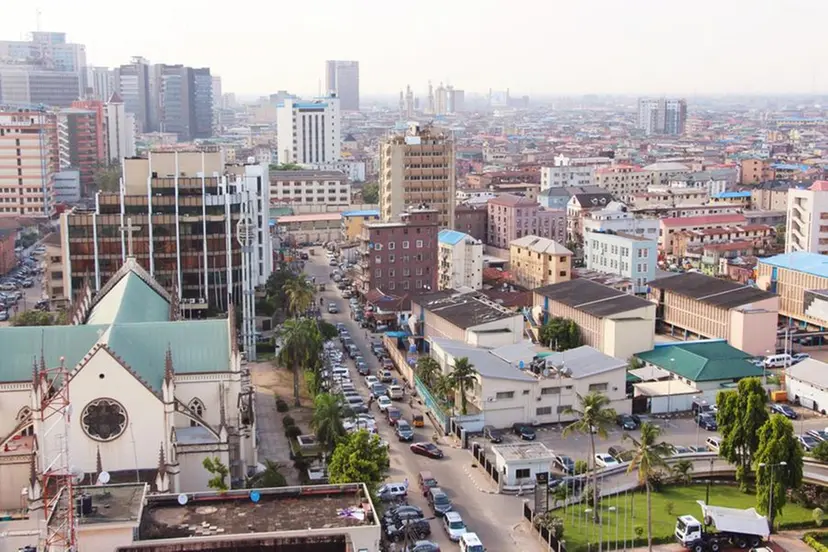For decades, Nigeria’s housing debate has been caught in a cycle of promises, plans, and pilot projects. Every new administration launches an ambitious target for affordable housing, yet millions remain trapped in slums or informal settlements. The latest data tell a familiar story: between 2020 and 2023, government built less than a quarter of its annual 20,000-unit target. Combined public and private efforts now deliver barely 70,000 units a year a fraction of the 700,000 needed to close the housing gap.
Affordable housing, homes priced within reach of low and lower-middle-income Nigerians should no longer be treated as a social aspiration. It is an economic necessity. A country where almost half the population lives informally cannot talk seriously about inclusive growth, security, or urban planning.
The barriers are well known: high construction costs, expensive land, scarce mortgage options, and an outdated land administration system that stifles private investment. Add to that a shortage of technical skills, poor coordination between tiers of government, and the all-too-familiar story of policy discontinuity after elections. Nigeria does not lack ideas; it lacks institutional endurance.
To its credit, the Federal Ministry of Housing and Urban Development has begun addressing these gaps, from reforming the Federal Mortgage Bank and Federal Housing Authority to streamlining land registration and establishing housing data centers. The “Renewed Hope” agenda lays out a promising framework. But frameworks are only as good as their execution. Without transparency, funding discipline, and continuity across administrations, these initiatives risk becoming another line in Nigeria’s long history of abandoned blueprints.
Experts have proposed sensible solutions: stronger public-private partnerships, cooperative housing schemes, and site-and-service models that let homeowners build progressively. A review of the Land Use Act is long overdue to improve security of tenure. Access to cheaper, longer-term mortgages would transform the housing market for low-income earners. And the creation of a national credit database could reduce bureaucratic delays that discourage potential homeowners.
Technology also holds promise. Locally produced materials such as interlocking stabilized bricks and compressed earth blocks can cut costs significantly. Newer systems, dry construction, light gauge steel, fibre cement panels are already proving efficient, sustainable, and scalable. But for these innovations to matter, government must invest in skill development and standardization so that they move beyond pilot projects.
Nigeria’s affordable housing crisis cannot be solved by construction targets alone. What the sector needs is a consistent, transparent, and market-sensitive policy that survives political transitions. The test of reform will not be the number of groundbreaking ceremonies, but the number of Nigerians who can finally afford a safe, decent home.
Until then, the dream of affordable housing will remain just that; a dream built on shifting sand.
Disclaimer:
The views expressed in this article are those of the author and do not necessarily reflect the official policy or position of any government agency, organization, or its affiliates. The analysis is based on publicly available data and expert opinions for informational and editorial purposes only.



